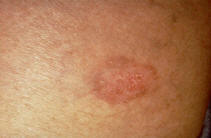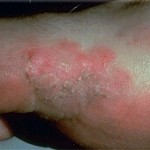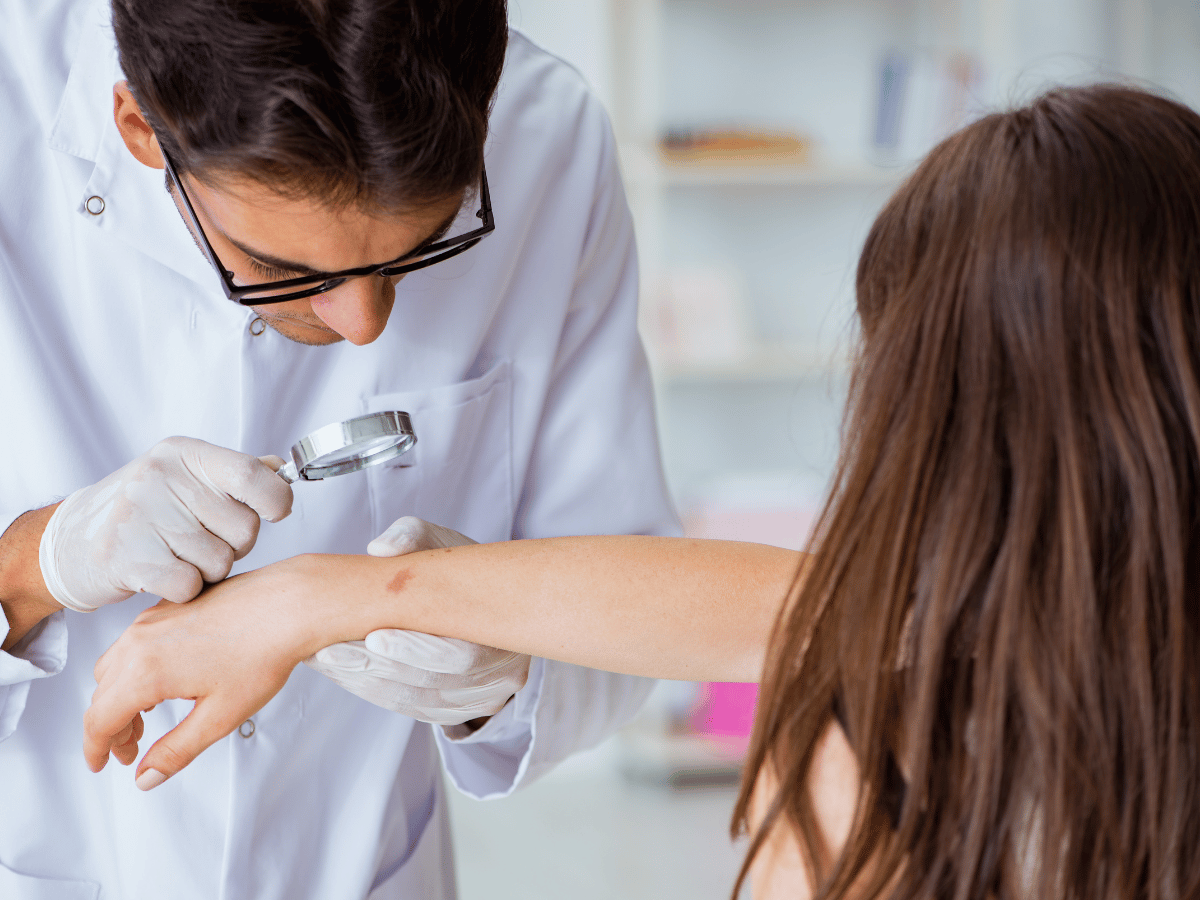Squamous Cell Cancer- How to identify?
David T. Harvey, MD Mohs Surgeon & Cosmetic Dermatologist
 Happy Easter and passover to all of my friends! I hope you are enjoying a lovely weekend with family. Its very wet today in east Texas but enjoying a restful and peaceful day nonetheless. I thought I would blog about squamous cell carcinoma (SCC) today, given the fact that spring is upon us and we are noticing our skin more in these warmer months. The following gives a brief synopsis on SCC and how to identify it. The good news..there is no relationship (to my knowledge) between chocolate bunny consumption and this type of skin cancer… so enjoy!
Happy Easter and passover to all of my friends! I hope you are enjoying a lovely weekend with family. Its very wet today in east Texas but enjoying a restful and peaceful day nonetheless. I thought I would blog about squamous cell carcinoma (SCC) today, given the fact that spring is upon us and we are noticing our skin more in these warmer months. The following gives a brief synopsis on SCC and how to identify it. The good news..there is no relationship (to my knowledge) between chocolate bunny consumption and this type of skin cancer… so enjoy!
Squamous Cell Carcinoma is the second most common type of skin cancer in the world. In 2012, over 700, 000 cases of squamous cell carcinoma were estimated to have occurred in the United States. Thankfully, SCC is readily curable in most instances. Squamous cell carcinoma can arise as a result of chronic sun exposure, tobacco use or a predisposed genetic susceptibility. Those patients with blue eyes and freckles, who burn easily, or who have a history of blistering sunburns are more likely to develop this type of skin cancer. In some instances, squamous cell cancer arises without symptoms. For these reasons, complete skin checks should be performed by your dermatologist annually. Once a diagnosis of squamous cell carcinoma is made, there is up to a 50% chance of your developing a second similar cancer within 5 years.
HOW DO I RECOGNIZE SQUAMOUS CELL CANCER?
Squamous cell carcinoma can present itself in a multitude of ways. Often a non-healing spot is the earliest sign. Bleeding, pain, tingling, ulceration and itching can also be early symptoms. Squamous cell carcinoma can appear as a red bump or a scaly patch. Typically, this form of cancer occurs on sun exposed sites such as the rim of the ear, or nose. Unlike basal cell carcinoma, the most common form of skin cancer, squamous cell carcinoma can metastasize internally. When a tumor is noted on the lip, ear or mucous membrane region, the risk for internal spread is greater. If a non-healing sore occurs as described above, it is advisable to have the lesion evaluated as soon as possible.
HOW CAN I PREVENT SQUAMOUS CELL CANCER FROM AFFECTING ME OR MY CHILDREN?
Education is the key to prevention. A significant amount of sun exposure occurs before the age of 20. Therefore, it is important to learn some smart skin habits early in life. These include such things as:

- Avoiding intense sun exposure between the hours of 10 AM and 4 PM (a good rule of thumb is to avoid the sun when your shadow is shorter than your actual height).
- Apply a sunscreen with a SPF of at least 30 that is broad spectrum and sweat resistant (especially if you are exercising or working outdoors).
- Reapplying your sunscreens every 40 to 80 minutes as the sunscreen label indicates.
- Wearing densely woven protective clothing, (e.g. Coolibar™).
- Performing self examinations every 3 months.
- Have an annual skin examination performed by your dermatologist.
- Familiarize yourself with the early signs of squamous cell cancer as described previously.




